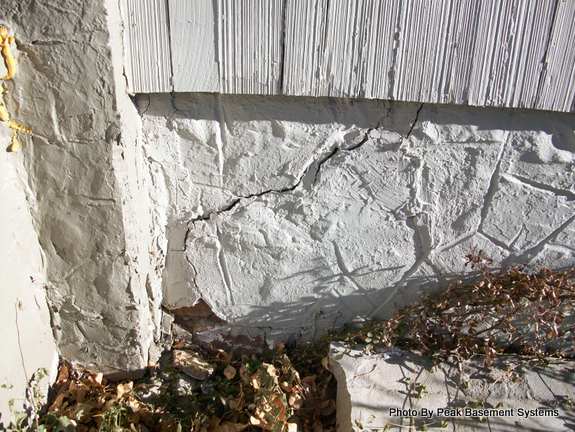

If you notice standing pools of water building up on your patio it’s a clear sign that you have drainage issues. Larger cracks that measure up to ½-inch wide require concrete-repair caulk. Patching or adding sealant works for cracks that measure no more than 1/8-inch wide, also known as hairline cracks. The width and depth of cracks must be taken into consideration in order to identify the most cost effective solution. Once inside, water will continue to freeze and thaw, creating pressure on concrete that eventually causes it to crack even more. Weeds may grow between the cracks forcing them to expand, and water has an easy entry point. Minor cracks are unavoidable and not a big deal most of the time, but once cracks start to form they are only going to get worse. If you notice cracks forming on the floor of your patio it may indicate the need for repairs. Here Are Some Common Signs Your Concrete Patio Needs Some TLC. We are happy to look over your patio and provide an estimate for any repairs you may need. If you’re ever in doubt about the state of your concrete patio, contact the trusted team at Turnbull Masonry. Covered concrete patios are better protected than uncovered concrete, but they are still going to show signs of wear and tear over time. Concrete patios are victims of nature, such as fluctuating temperatures, rain and snow. Concrete patios with cracks, pooling water, surface deterioration or that appear old and aged require certain maintenance and repairs in order to continue withstanding the test of time.


 0 kommentar(er)
0 kommentar(er)
